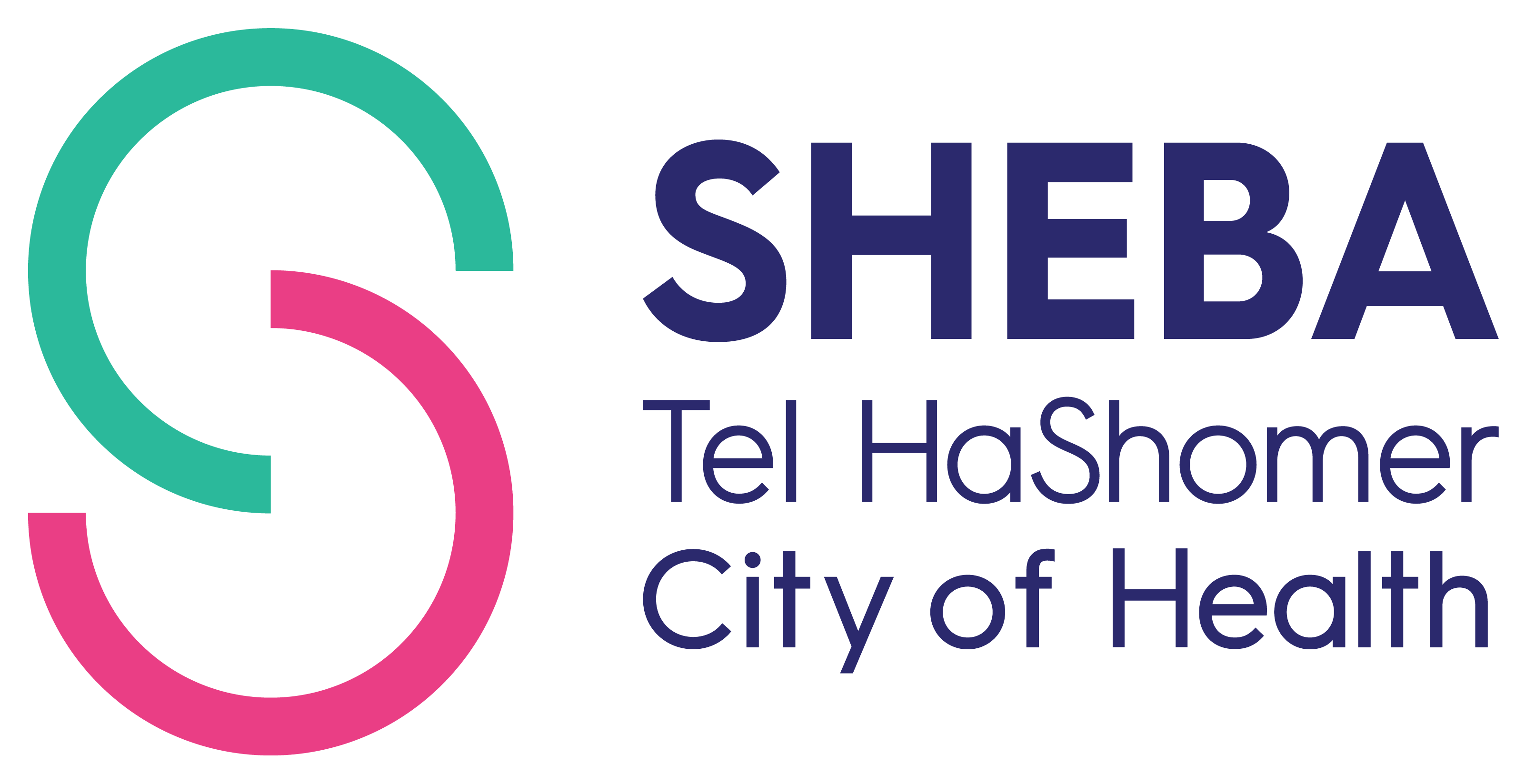Chemotherapy injection for the treatment of keratoacanthoma
Director: Dr. Galit Avinoam-Dar
Contact:
Phone: 03-5305275
Fax: 03-5305253
Email: mrt.office@sheba.gov.il
Operating times:
Monday, once every two weeks
Location:
Hospitalization Tower, Advanced Technologies, Entrance floor (after the operating rooms)
The clinic for the management of keratoacanthoma skin lesions employs a combined approach of surgical treatment and methotrexate injection. The aim is to reduce and shrink the lesion prior to excision, ensuring optimal outcomes.
Keratoacanthoma (KA) is a rapidly growing skin lesion commonly found in sun-exposed areas. It typically presents as a large raised lesion with a central depression, measuring between 1.5-3 cm in diameter. This condition is predominantly observed in the elderly population, often accompanied by various underlying diseases. Non-surgical treatment options hold great potential for these patients, offering significant benefits. Currently, the primary treatment modality in Israel involves surgical excision of the lesion with wide safety margins, followed by defect reconstruction tailored to the size and location on the body.
Treatment with methotrexate injection
At Sheba, we provide an alternative treatment that helps reduce surgical risks, minimizes post-treatment defects, and ultimately decreases scarring or the need for reconstruction after resection of the remaining lesion.
Dermatologists or plastic surgeons can refer suitable patients to our clinic. Patients who are suspected of having keratoacanthomas will be referred to the clinic for a doctor's examination to assess eligibility for treatment.
Taking a small biopsy from the lesion.
For the treatment, we administer methotrexate injections into the lesion. Each injection contains a recommended dose of 0.5 cc with a concentration of 12.5 mg/ml of methotrexate. Typically, patients will receive 2-4 injections, spaced one to two weeks apart.
Resection of the residual lesion is completed as part of outpatient plastic surgery.
The entire treatment is performed by Dr. Avinoam-Dar Galit, who is the director of the Mohs surgery unit, within the plastic surgery department at the Institute of Advanced Technologies.









